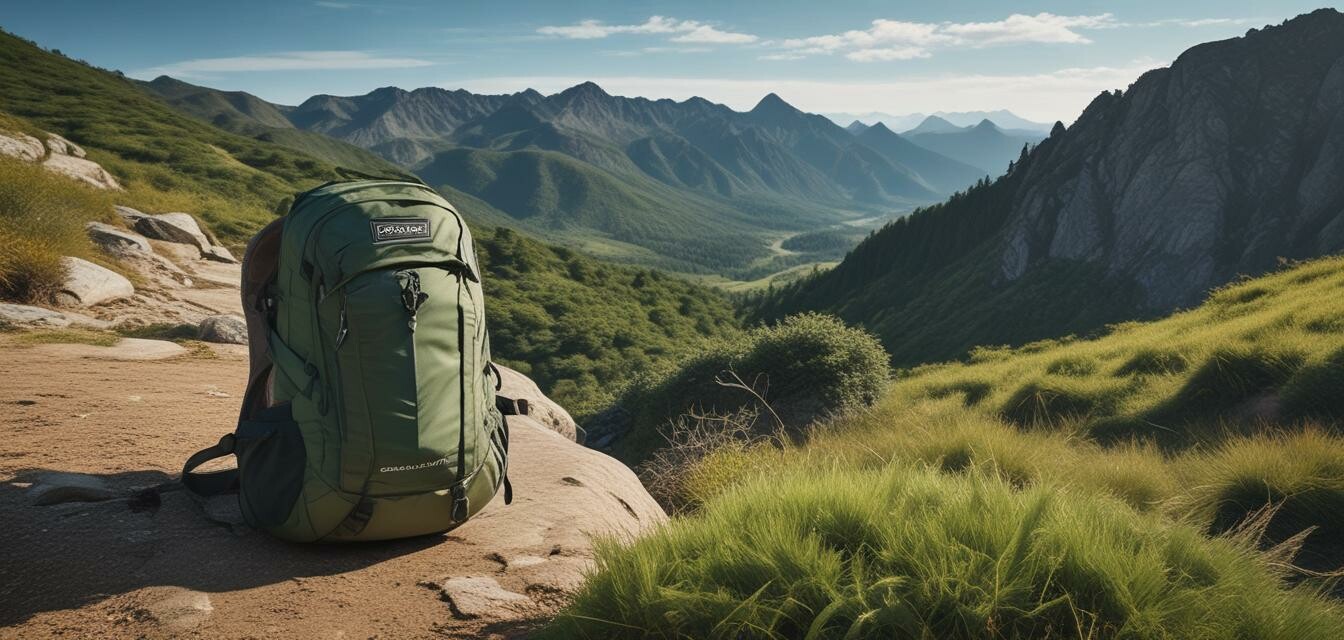
The Importance of Hydration During Hiking
Key Takeaways
- Staying hydrated is essential for your hiking performance.
- Water carrying capacity varies with backpack models, choose wisely.
- Don't forget to plan your hydration based on the hiking duration and environment.
- Drink regularly to avoid dehydration symptoms.
- Understanding your body's hydration needs can enhance your outdoor experience.
When it comes to hiking, one of the most crucial aspects to consider is hydration. A lack of proper hydration can lead to significant issues, from fatigue to impairing your performance. This article will explore how to effectively carry water while enjoying your adventures with Dakine backpacks.
Understanding hydration needs while hiking
Our bodies require water to function optimally, and staying hydrated is even more vital during physical activities like hiking. The amount of water you need can vary based on several factors:
- Duration of the hike
- Weather conditions
- Your level of exertion
- Your personal hydration needs
On average, a person should aim to drink about half a liter of water per hour during moderate activity in mild temperatures. However, this amount can increase in hotter conditions or on strenuous trails. It's advisable to drink small amounts regularly, rather than waiting until you are thirsty.
Hiking with hydration systems
Many Dakine backpacks are designed with hydration in mind. They often come equipped with features that allow easy access to water, making your hiking experience more enjoyable. Below are some popular hydration methods you can use while hiking:
| Hydration Method | Description | Pros | Cons |
|---|---|---|---|
| Water Bottles | Traditional water bottle(s) carried in side pockets | Ease of use, easy to refill, lightweight | Can be cumbersome to reach, requires frequent stops |
| Hydration Bladders | Bladder system that fits inside the backpack | Hands-free drinking via a tube, holds a larger volume of water | Can be harder to refill, more complex to clean |
| Collapsible Water Containers | Flexible bottles that can be stored when empty | Lightweight and space-saving | Less durable than traditional bottles |
Choosing the right backpack for hydration
Choosing the right backpack can make a significant difference in your hydration experience during hikes. Here are some key features to consider:
- **Hydration Reservoir Compatibility**: Check if the backpack can hold a hydration bladder.
- **Water Bottle Pockets**: Look for external pockets designed for easy access to water bottles.
- **Adjustable Straps**: Ensure the backpack fits securely to reduce bounce and movement while hiking.
- **Lightweight Material**: A lightweight backpack will help reduce the overall load you carry.
For more tips on selecting the right backpack for various activities, check out our Buying Guides.
Essential tips to stay hydrated
Here are some essential tips to ensure you remain hydrated during your hiking escapades:
- Plan ahead: Know the distance and duration of your hike to estimate your water needs.
- Practice sipping: Make a habit of taking small sips rather than large gulps.
- Use electrolyte supplements: In hot conditions, consider including electrolyte-rich solutions to aid hydration.
- Avoid dehydration symptoms: Common signs include dizziness, dry mouth, and fatigue; don’t let them get to you.
Conclusion
In summary, proper hydration is crucial for an enjoyable and safe hiking experience. By selecting a backpack that fits your hydration needs and implementing practical hydration tactics, you can ensure a successful adventure.
Beginner's Section: Hydration checklist
- Pack enough water for your hike duration.
- Ensure your pack has a hydration option (bottle or bladder).
- Always carry a backup water source in case of emergencies.
- Set reminders to drink water during your hike.
For more outdoor adventure tips, visit our Outdoor Adventure Tips page.
Pros
- Staying hydrated enhances performance.
- Proper water management can minimize fatigue.
- Access to hydration allows for longer hikes.
Cons
- Insufficient hydration can lead to danger.
- Carrying water adds weight to your pack.